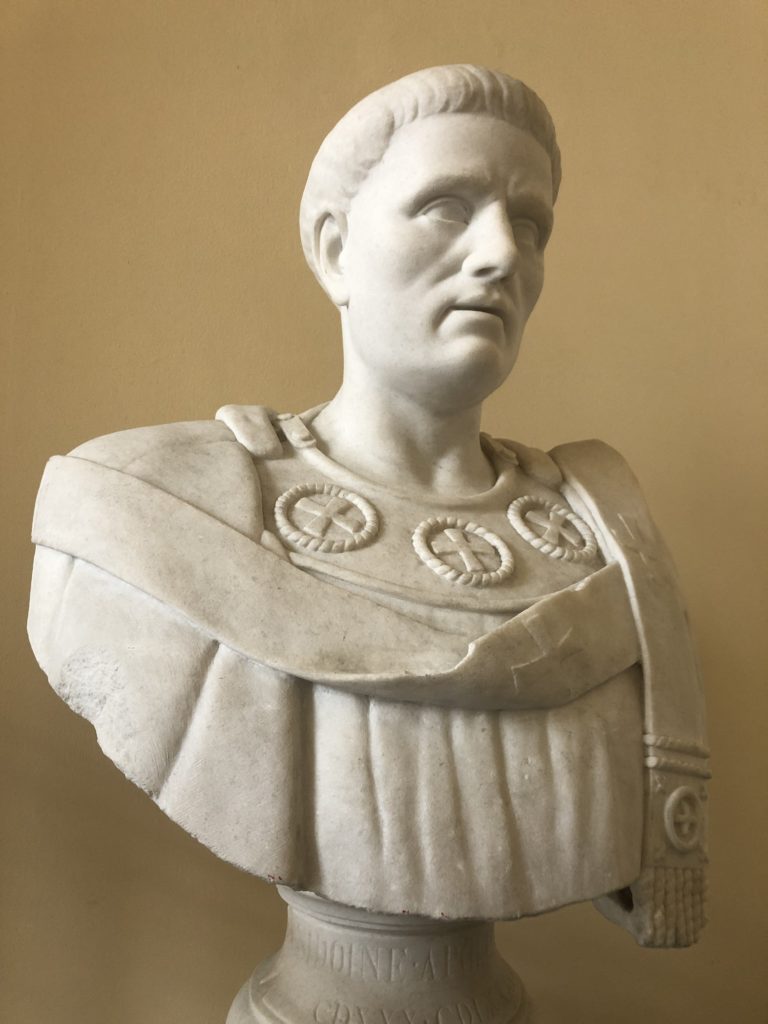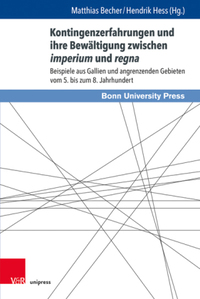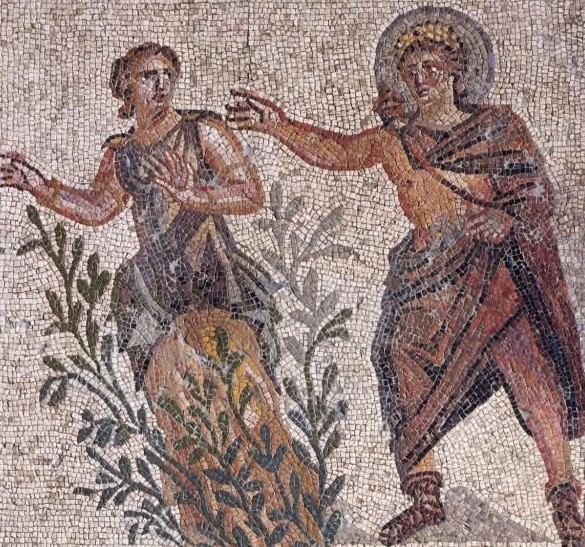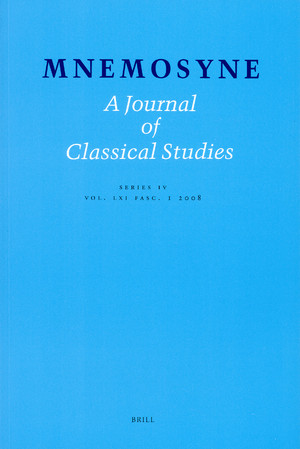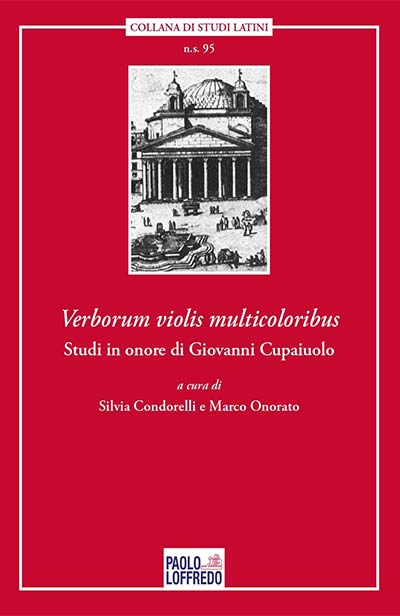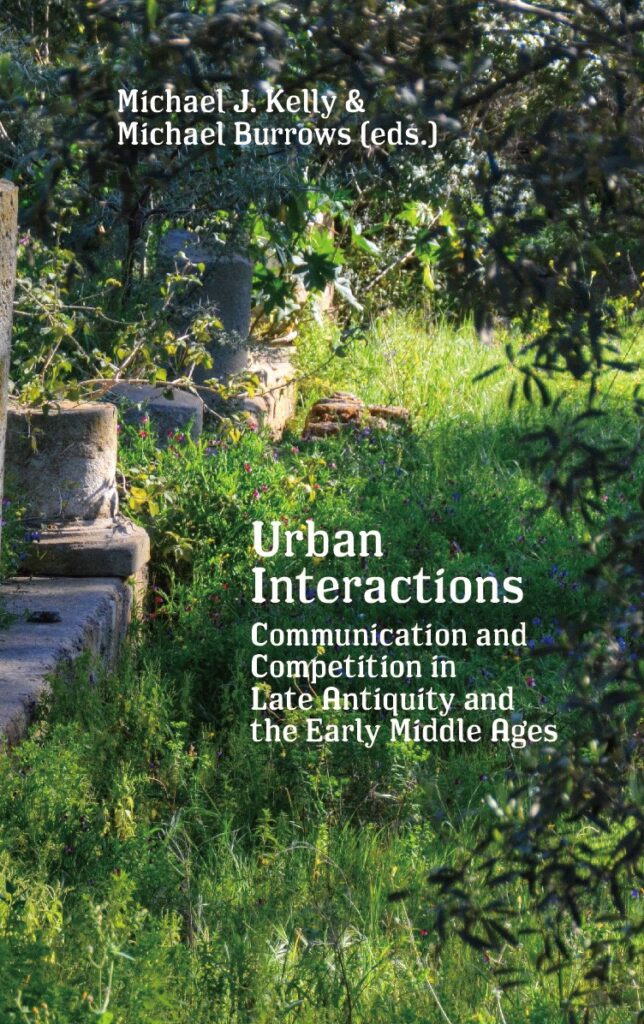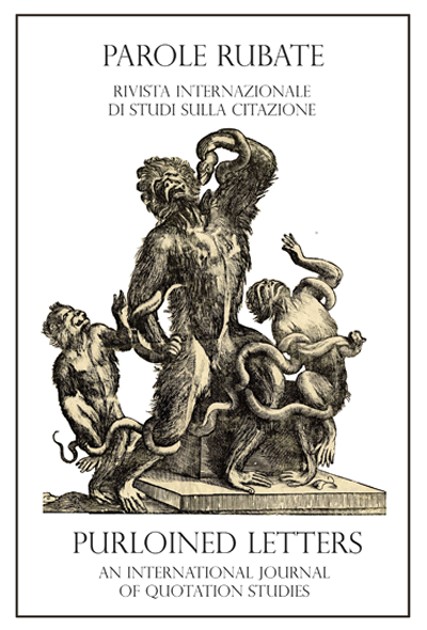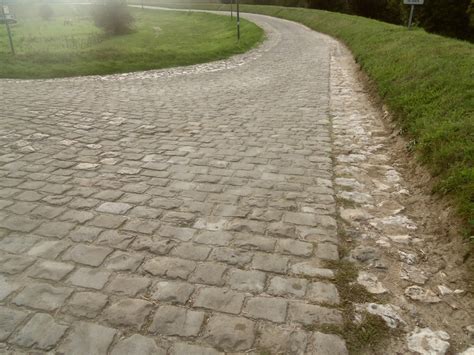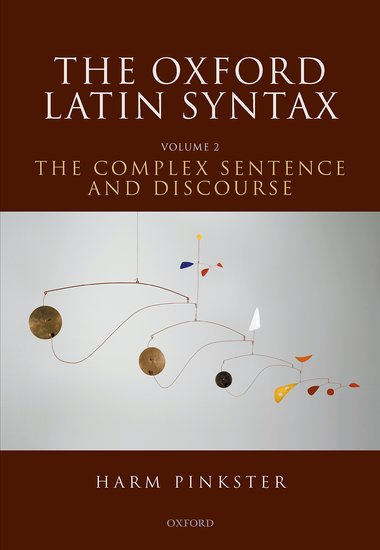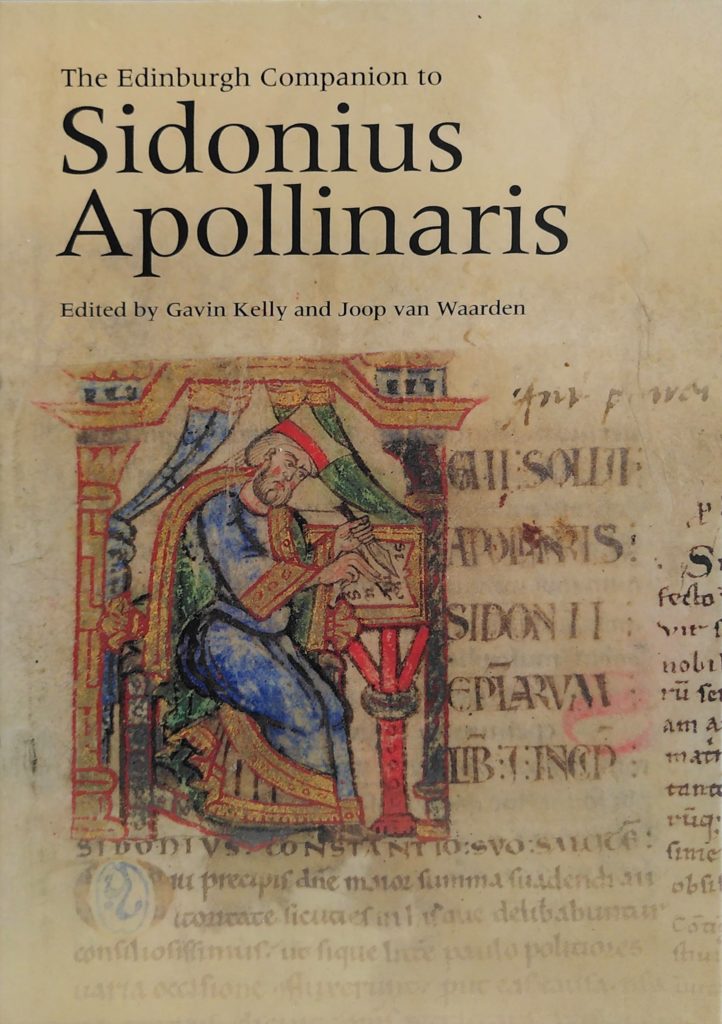Now announced by Liverpool University Press for publication on 1 November 2021:
Roger P.H. Green, Sidonius Apollinaris. Complete Poems, Translated Texts for Historians 76.
Description
Sidonius Apollinaris was an inhabitant of southern Roman Gaul in the mid fifth century AD, when it was threatened by invasions from beyond the boundaries of the Roman Empire and by competing warlords. His many poetic works include three panegyrics to emperors at the beginnings of their reigns; these are carefully translated and annotated, and provided with comment and synopses. His multiple shorter poems, in a variety of metres, are translated into appropriate English and given separate introductions and notes of various kinds, historical and literary. There is an extensive and informative introduction to the whole work.
This book by Roger Green, a lifelong expert in Late Antiquity, gives a firsthand account of the political strife and manoeuvring of the times but also a vivid picture of the lives of his like-minded friends in an almost post-Roman episode of Rome’s existence. Sidonius was read widely in the Middle Ages, with a golden age in the twelfth and thirteenth centuries and also in the fifteenth century revival of Late Antique literature. Today his poetry will awaken new study and interest, without the archaism of many older translations and with a fresh and updated approach to many issues.

